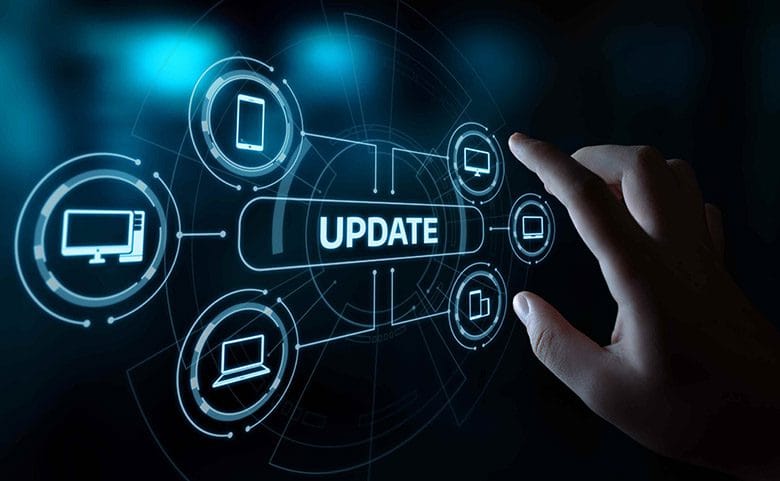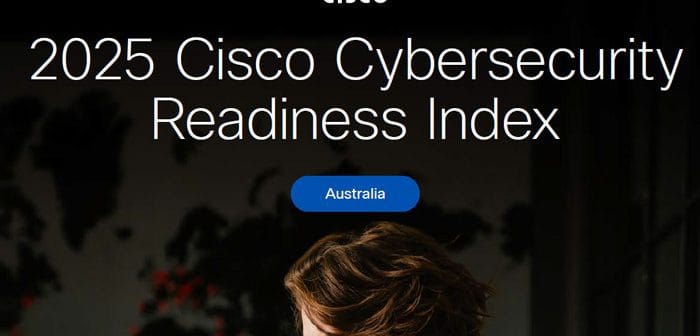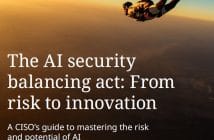
Only 3% of organisations in Australia have achieved a mature level of readiness required to effectively withstand today’s cybersecurity threats, according to Cisco’s 2025 Cybersecurity Readiness Index. Cybersecurity preparedness remains low as hyperconnectivity and AI introduce new complexities for security practitioners.
AI is revolutionising security and escalating threat levels, with eight in ten organisations (82%) facing AI-related security incidents last year. However, only 46% of respondents are confident their employees fully understand AI-related threats, and 47% believe their teams fully grasp how malicious actors use AI to execute sophisticated attacks. This awareness gap leaves organisations critically exposed.
AI is compounding an already challenging threat landscape. In the last year, half of organisations (50%) suffered cyberattacks, hindered by complex security frameworks with disparate point solutions. Looking forward, respondents view external threats like malicious actors and state-affiliated groups (58%) as more significant to their organisations than internal threats (42%), underscoring the urgent need for streamlined defence strategies to thwart external attacks.
“As AI is reshaping the cybersecurity threat landscape, there is an urgent need to close the threat awareness divide,” said Cisco ANZ Chief Technology Officer Carl Solder. “What the data shows is there is a clear need to bridge the readiness gap between threats and action in order to modernise security to combat external threats.”
As innovation continues at lightning speed, the need for organisations to stay ahead of the curve when it comes to cybersecurity is more important than ever before. And, with technology today, it’s possible to fight machine-scale threats with machine-scale defence.
The Index evaluates companies’ readiness across five pillars – identity intelligence, network resilience, machine trustworthiness, cloud reinforcement, and AI fortification, encompassing 31 solutions and capabilities.
Based on a double-blind survey of 8,000 private sector security and business leaders in 30 global markets, respondents detailed their deployment stages for each solution. Companies were then categorised into four readiness stages: beginner, formative, progressive, and mature.

The lack of cybersecurity readiness in Australia is alarming as 75% of respondents anticipate business disruptions from cyber incidents within the next 12 to 24 months. Further:
- AI’s expanding role in cybersecurity: An impressive 88% of organisations use AI to understand threats better, 79% for threat detection, and 65% for response and recovery, underscoring AI’s vital role in strengthening cybersecurity strategies.
- GenAI deployment risks: GenAI tools are widely adopted, with 49% of employees using approved third-party tools. However, 18% have unrestricted access to public GenAI, and 66% of IT teams are unaware of employee interactions with GenAI, underscoring major oversight challenges.
- Shadow AI concerns: 63% of organisations lack confidence in detecting unregulated AI deployments, or shadow AI, posing significant cybersecurity and data privacy risks.
- Unmanaged device vulnerability: Within hybrid work models, 82% of organisations face increased security risks as employees access networks from unmanaged devices, further exacerbated by using unapproved Gen AI tools.Investment priorities shift: While 97% of organisations plan to upgrade their IT infrastructure, only 44% allocate more than 10% of their IT budget to cybersecurity (up 1% year-over-year), emphasising a critical need for more focused investment in comprehensive defence strategies, which is incredibly important as threats are not slowing.
- Complex security postures: Over 76% of organisations report that their complex security infrastructures, dominated by the deployment of more than 10-point security solutions, are impeding their ability to respond swiftly and effectively to threats.
- Talent shortage impedes progress: A staggering 86% of respondents identify the shortage of skilled cybersecurity professionals as a major challenge, with 51% reporting more than ten positions to fill.
To tackle today’s cybersecurity challenges, companies must invest in AI-driven solutions, simplify security infrastructures, and enhance AI threat awareness. Prioritising AI for threat detection, response, and recovery is essential, as is addressing talent shortages and managing risks from unmanaged devices and shadow AI.
“As AI transforms the enterprise, we are dealing with an entirely new class of risks at an unprecedented scale – putting even more pressure on our infrastructure and those who defend it,” said Cisco Chief Product Officer Jeetu Patel. “This year’s report continues to reveal alarming gaps in security readiness and a lack of urgency to address them. Organisations must rethink their strategies now or risk becoming irrelevant in the AI era.”
You can read the full report here.





